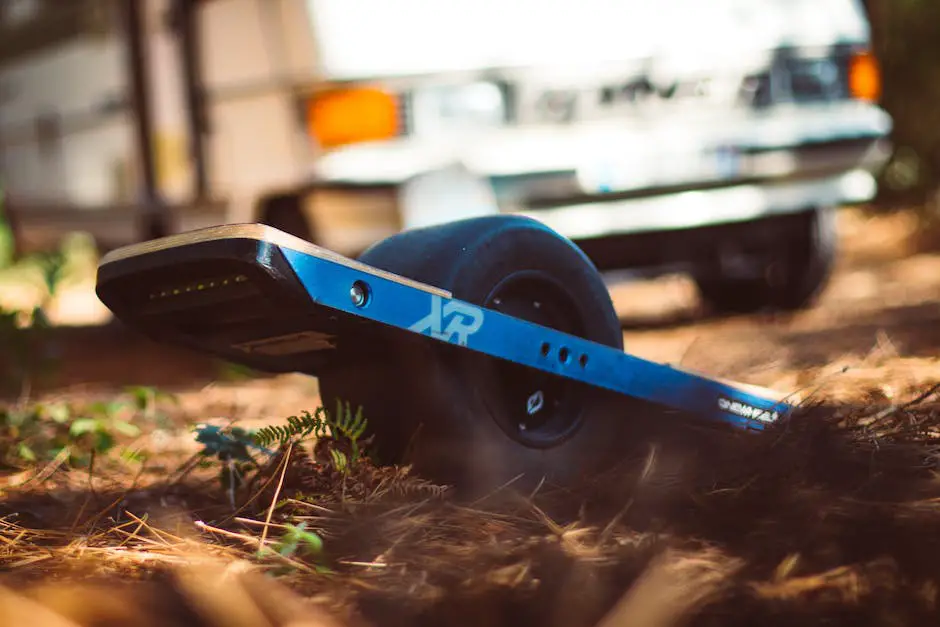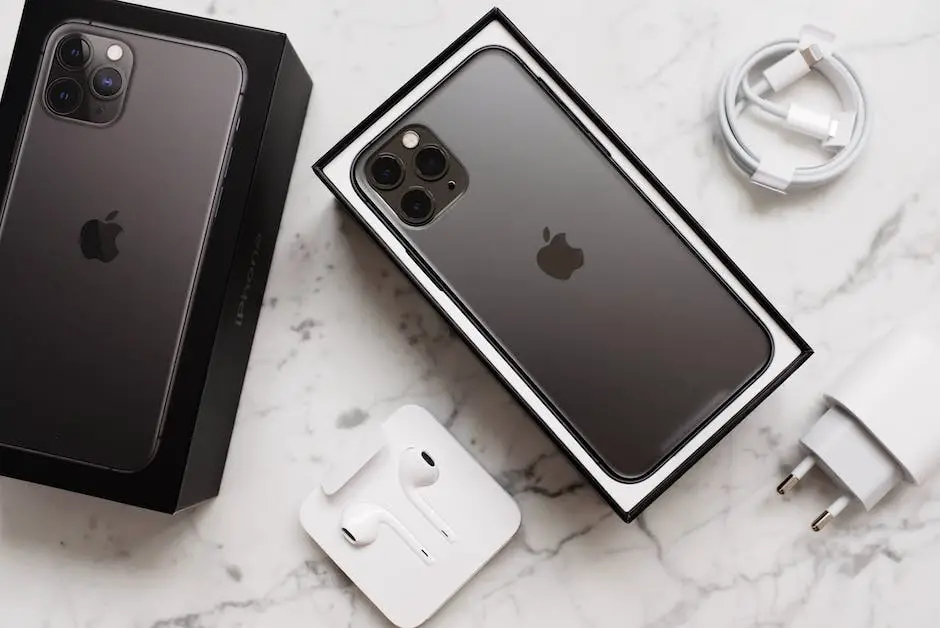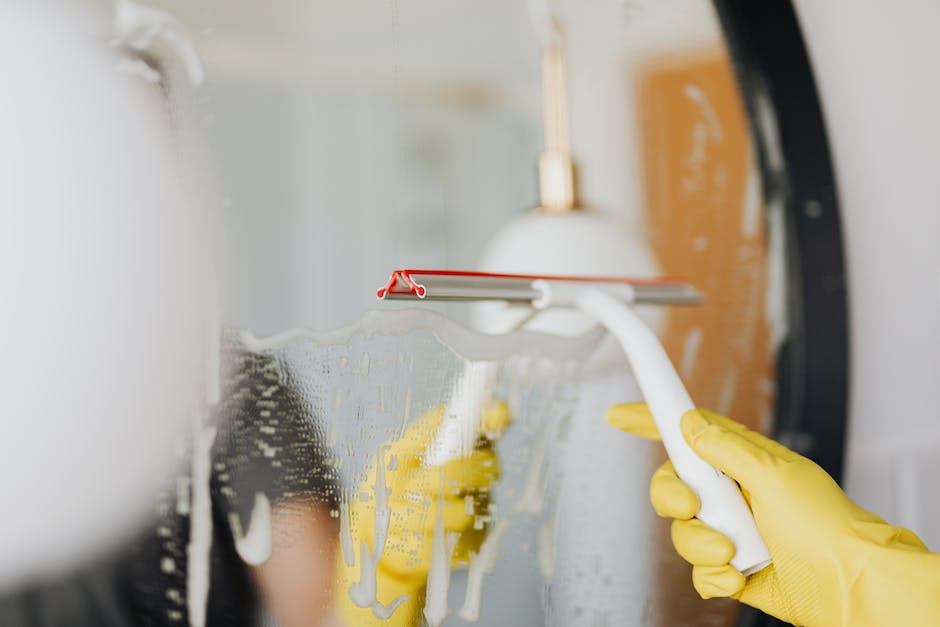Passionate about your electric skateboard and seeking to extend its performance? Knowledge is power, and that stands true not just for your ride, but also for its battery maintenance. Effectively taking care of your skateboard’s battery involves a keen attention to its unique type, whether it is Lithium-Ion, Nickel Metal Hydride, or Lead Acid, as well as being aware of the right charging practices. Furthermore, conducting regular cleaning schedules is an essential stride in improving the durability of your device. Together, let’s delve into these facets in-depth to help you reap the most from your electric skateboard.
Understanding the Battery Type
Title: Powering Your Ride: A Comprehensive Guide to Electric Skateboard Batteries
Electric skateboarding is no longer just a fun pastime, but a legitimate mode of transportation, with a popularity that continues to soar higher than a well-executed Ollie. To understand and appreciate the appeal of this activity, it’s crucial to delve into the heart of it: the powerhouse—its batteries. After all, the type of battery an electric skateboard uses significantly influences its performance.
There are primarily two types of batteries commonly used in electric skateboards: Lithium-Polymer (LiPo) and Lithium-Ion (Li-Ion). These batteries might seem similar but possess differing attributes that can influence the board’s overall performance and usability.
Lithium-Polymer (LiPo) Batteries
When it comes to power output, LiPo batteries are the popular choice among hardcore electric skateboarders. These batteries are known for their ability to discharge high current rapidly, providing that much-desired burst of power and speed. They are also lighter and more flexible in structure, making them ideal for skateboards with unconventional designs.
However, this speed comes with a trade-off. LiPos typically have a shorter lifespan compared to their Li-Ion counterparts, lasting from about 300 to 500 cycles. They also require more meticulous maintenance. LiPos need to be balanced every so often, meaning all cell voltages have to be equal to ensure the longevity of the battery pack. Moreover, they are sensitive to overcharging, overheating, and physical damage, necessitating careful handling and charging.
Lithium-Ion (Li-Ion) Batteries
While Li-Ion batteries may not deliver the same power surge as LiPos, they offer an impressive energy density, leading to longer ride times. Owners of commutable electric skateboards tend to favor these batteries due to their superior lifespan, lasting anywhere from 500 to 1000 cycles, depending on how they’re used and charged.
Moreover, Li-Ion batteries have built-in circuitry that ensures cells are automatically balanced during charging, lowering the risk of battery damage due to overcharging. This feature, coupled with their relatively simple maintenance requirements, makes them a stable and user-friendly choice.
But just like LiPo batteries, they come with their drawbacks. Li-Ion batteries are inherently heavier, with a more rigid structure that restricts design possibilities. Additionally, despite their more controlled power delivery, they cannot match the high discharge rate of LiPo batteries.
In choosing the type of battery for your electric skateboard, it’s essential to consider what kind of rider you are. If you’re the adrenaline junkie always thirsting for more speed, LiPo batteries might serve you best. Alternatively, if you’re in it for long cruisy rides or use your board to commute, a Li-Ion battery might be your ideal companion. Regardless of the choice, understanding these powerhouses of your ride makes for a more enjoyable and safer skateboarding experience. Enjoy the ride!

Battery Charging Practices
Moving forward from our extensive introduction and comparison of batteries used in electric skateboards, let’s dive into the crucial aspect of battery charging. To be able to enjoy a smooth and hassle-free ride on your e-skateboard, attentiveness and the right methods of battery charging are vital for optimum health and longevity of the battery. Here, we explore some of the best practices to follow:
-
Firstly, ensure you read the manufacturer’s instruction manual.
Cliché as it might seem, manufacturers have directly tested these batteries and know their capacities and limitations. What kind of charger should you use? What is the right amount of voltage or current for the battery? All these questions can be answered by closely going through the instruction manual.
-
Next, remember ‘Slow and steady wins the race.’
Charging skateboard batteries at slower rates can seem a bit frustrating, especially if you’re dying to get out there and shred some asphalt. However, fast-charging, particularly with cheaper chargers, could lead to overheating and ultimately shorten the lifespan of the battery or even damage it beyond repair.
-
Regular battery calibration is also essential.
It’s a good idea to deplete the battery fully and recharge it to 100% once every few months. This process helps to recalibrate the battery, improving the accuracy of the battery level indicator and ensuring the battery’s longevity.
-
When charging, avoid plug-in and forget scenarios.
Even with advanced technology and built-in safety measures, it’s not good practice to leave charging batteries unattended for long periods. Instead, try to be present or around while your skateboard battery is charging.
-
Where and how you store your skateboard battery, especially when not in use, plays a critical role.
Batteries should be kept in cool and dry environments, away from direct sunlight. Also, avoid storing fully charged batteries for long periods, which can harm the battery’s optimum health. An ideal charge for storage is around 40-60%.
-
Lastly, never ignore any signs of damage.
If you notice any swelling, leakage, or weird noises from the battery or charger, it’s time to step back and assess. Continuing to use a damaged battery or charger can lead to potential risk factors such as explosions or short-circuits.
There’s no denying that electric skateboarding is serious fun but that fun comes with a responsibility towards safety and maintenance. In this case, correctly charging and caring for your skateboard’s battery. Rest assured, adhering to these best practices will result not just in a healthier battery, but also in better performance and ultimately, a better riding experience. After all, what’s a good ride without the assurance of safety and efficiency? So gear up, charge up, and keep rolling!

Regular Battery Cleaning
Cleaning a Skateboard Battery: The Lifeline of your Ride
One thing you may have realized is, these all-important powerhouses – batteries, do need some TLC to keep them in perfect working order. How do you go about it? Here are your simple steps to cleaning a skateboard battery.
First of all, you’ll need some isopropyl alcohol (less than 90% concentration), a soft cloth and your trusty old toothbrush. Now remember, safety is paramount. Ensure your skateboard is switched off and unplugged from any power source. Wearing appropriate gloves while handling the battery won’t hurt either.
For LiPo and Li-Ion batteries, check for any visual signs of wear and tear, dirt or residue on the surface. Use the alcohol-dampened soft cloth to gently wipe clean the surface of the battery. Never submerge the battery in any liquid. The use of alcohol is encouraged because it dissipates quickly and doesn’t leave a residue.
A toothbrush helps in reaching those hard-to-reach crevices of the battery casing. Dip the brush in a small amount of alcohol and gently brush away dust or grime. Always brush in a direction away from any battery openings to avoid alcohol entering the battery internals.
Once the cleaning is done, leave the battery to air-dry thoroughly before reassembling it. Never use a heat source to speed up the drying process as this can damage the battery. Also, immediately discard the cloth and toothbrush used for cleaning. You don’t want to use them accidentally later for any other cleanup.
On to the big question. How often should one clean a skateboard’s battery? The answer depends on usage. If you ride daily, it’s good practice to clean your battery every month. But if your board is more for weekend pleasure, a quarterly cleaning schedule should suffice. Of course, if you ride in dirty or muddy conditions, more frequent cleaning might be needed.
In the end, remember your skateboard’s performance and safety depend significantly on the battery condition. By keeping it clean and free of dirt, you not only enjoy longer rides but also increase the longevity of your battery.

Mastering the art of electric skateboard battery maintenance entails a deep understanding of your specific battery model, adopting impeccable charging habits, and keeping your device clean from all sorts of debris. By doing so, you will not only prolong the lifespan of your battery but also contribute to a consistent, high-performing ride. Remember, each step matters in battery care. The right knowledge coupled with proper implementation can ride you a long way in the enduring journey of your electrifying hobby. So, gear up and integrate these practices into your routine for an overall incredible, uninterrupted skating experience.

